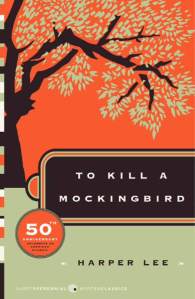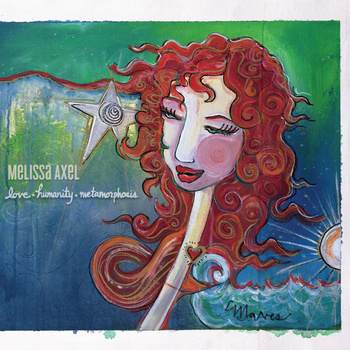Last Summer, I read Harper Lee’s To Kill a Mockingbird for the first time. Awash in the glow of her brilliant voice as a writer, I went on to read the recently released follow-up Go Set a Watchman. Her contribution to literature is immeasurable, unflinchingly approaching and defining the American experience with great respect and humility, and it is my profound wish that her works inspire new authors to do the same.

WASHINGTON – NOVEMBER 05: Pulitzer Prize winner and “To Kill A Mockingbird” author Harper Lee smiles before receiving the 2007 Presidential Medal of Freedom in the East Room of the White House November 5, 2007 in Washington, DC. The Medal of Freedom is given to those who have made remarkable contributions to the security or national interests of the United States, world peace, culture, or other private or public endeavors. (Photo by Chip Somodevilla/Getty Images)
This post originally appeared on Facebook back in September of 2016, partly because I was blown after reading those two novels, partly because I think America largely missed the point of the later work, but mostly because the books forced me out of my comfort zone and into a place of person reflection in the best, most constructive way:
***
So this month, I finished reading Harper Lee’s To Kill a Mockingbird (which I had never read before, though I had seen the movie years ago) followed by the newly released Go Set a Watchman, and I have big thoughts. Obviously, the former is secure in its spot as one of the most beloved and important novels of the twentieth century, and I acknowledge its well-deserved kudos, so I won’t go into detail about it. Its follow-up/predecessor, however, is important in its own right, despite the controversial nature of its release and existence. All that debating aside, I think these novels are necessary bookends. They need each other to become a full work.
(The quick version: GSAW was written first and eventually edited down into what became TKAM. Sources say it was never intended to be released, but it recently was, under somewhat dubious circumstances, and may or may not have had the blessing of its author, depending on who you talk to. The author herself is 89 years old, partially deaf and blind, and by all accounts settled into senility.)
Please consider the following reflections/review (with spoilers):
Much has changed in the sleepy Southern town of Maycomb, Alabama, and Jean Louise (the Scout character from TKAM), now in her mid-twenties, has returned home from New York to spend a couple of weeks with her family. What first seems like business as usual soon takes a revelatory twist when she discovers shocking new information about her father that is totally at odds with the great man she thought he was, and it forces her to reassess everything she knows about herself and her life: Atticus Finch is an unrepentant racist.

As we mature, we are compelled to discover all manner of uncomfortable truths. It is no less so for our hero Jean Louise, who must reconcile the godlike image of Atticus Finch she has carried with her since childhood with the stark reality of his mere humanity. It is a blow that goes right to our core. It is a bitter pill, but it is an extraordinary one I did not see coming.
GSAW is not the entertaining romp coming-of-age story with a serious message that TKAM was; instead, it is a more mature, more adult look at how we view ourselves in the present versus the idealized visions left hanging from our youth. It challenges the way we see who we are and the way we see the people closest to us. It forces the reader to confront the blinders and decide whether or not to reject them. We must purge the worship of our idols and embrace sober realities in order to finally grow up, and this which is exactly what Jean Louise must do.
So, too, must all the legions of Atticus Finch fans, who grew up revering him as a towering figure of American Literature—we must kill our darlings in order to grow and become what we are meant to. To wit, Atticus Finch is simply not as great a man as we thought he was. Whose father is? This is the very heart of the matter. This is the very uncomfortable truth we must accept.
There is also a commentary about the state of the South during the mid-20th century, containing an honest, non-apologist assessment of why it evolved as it did—more uncomfortable truths that we “liberals” and “Yankees” have conveniently forgotten or willfully ignored. The context has given me a whole new understanding of where we were then and where we are now. We as a nation still have much work to do to cross that same bridge of maturity that stands in front of Jean Louise.
Finally, I would say this is a contemporary book, more relevant today than when it was originally drafted in the early ‘60s. However it came to us, I am grateful it did. As Lee writes in the book, “the time your friends need you is when they’re wrong … They don’t need you when they’re right.” It is sage advice for these turbulent times, and we have a friend in Go Set A Watchman.
***
Harper Lee, rest in peace, and thank you.









